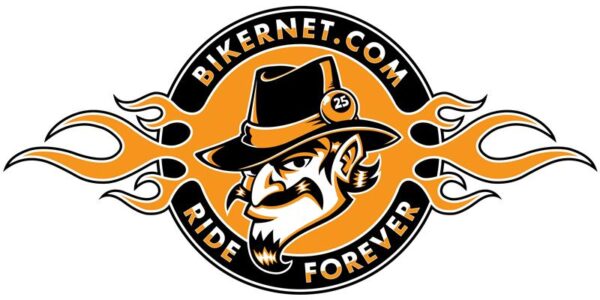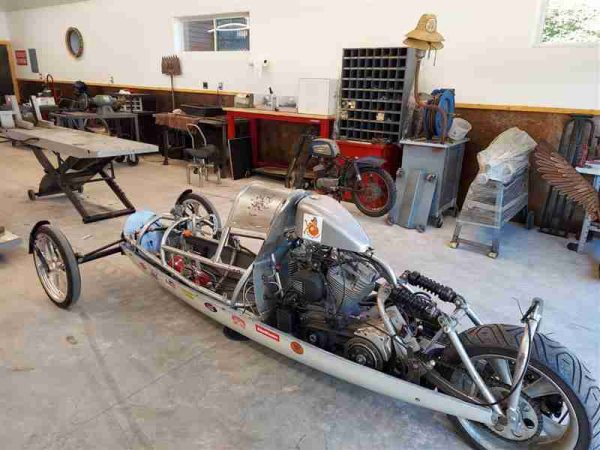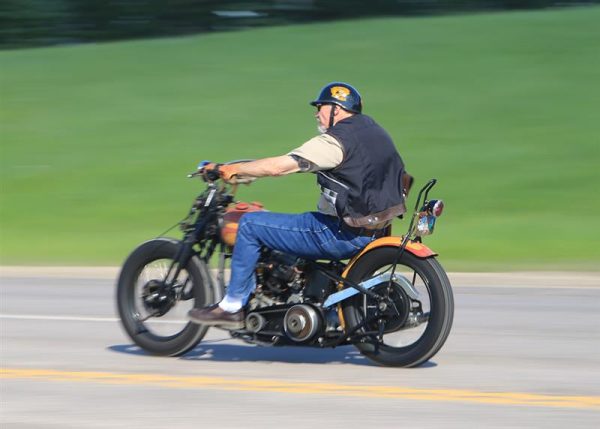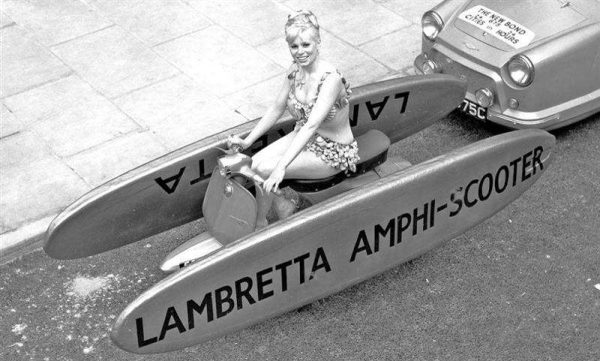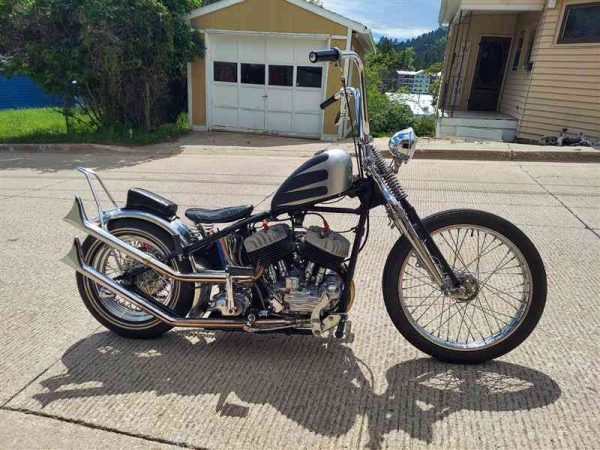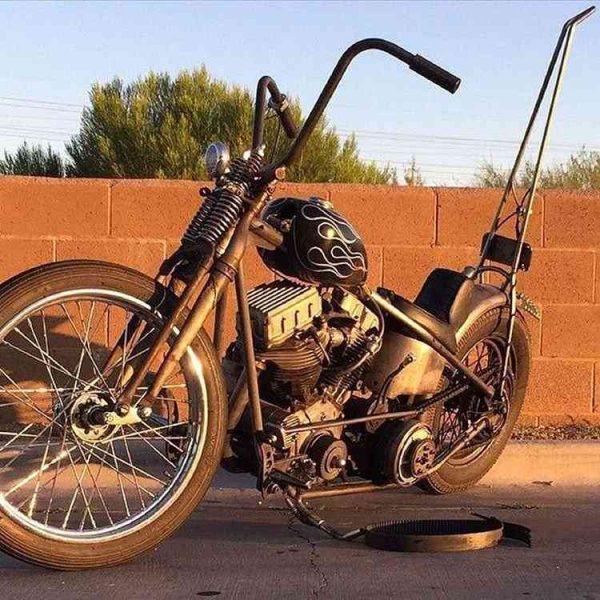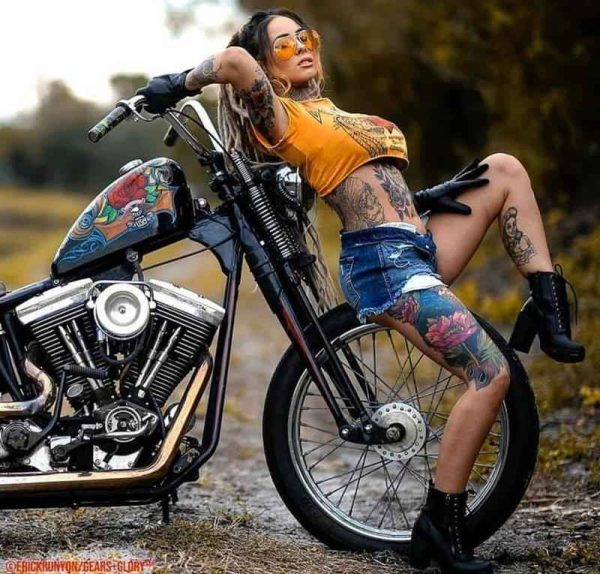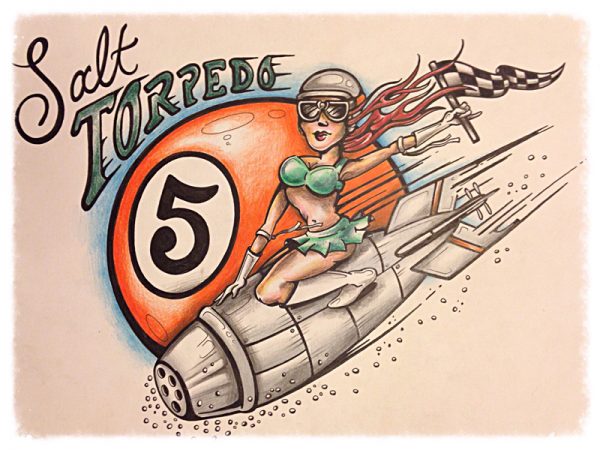Rally Planning Bikernet Weekly News for July 14th, 2022
Action is happening fast !!! Hey, My grandson just experienced his first rally vendor effort in Southern California. I honor and congratulate every brother who makes it to the Black Hills for Sturgis Rally. There better be enough Jack Daniels to go around. And for every vendor small and large, I respect their efforts to make the rally a more complete experience for every rider and enthusiast. I wish them traveling luck and success in the Black Hills. The brothers and sisters are anxiously waiting. Keep after the dream and ride free forever or die trying. –Bandit CLICK Here To Read the Weekly News on Bikernet.com With News from FEMA, MRF, CO2 Coalition, Iron Horse Saloon, Baker Drivetrain, Sturgis, Bonneville, Billy Lane, Lowbrow, Mike Wolfe, Mama Tried, Harley Museum, Fuel Cleveland, Pussar, Bikernet, Bandit’s Cantina, J.J. Solari, Burma Shave, Climate Depot, Dutch Farmers, Electric Bikes, European Comission, and way more.
Rally Planning Bikernet Weekly News for July 14th, 2022 Read More »

